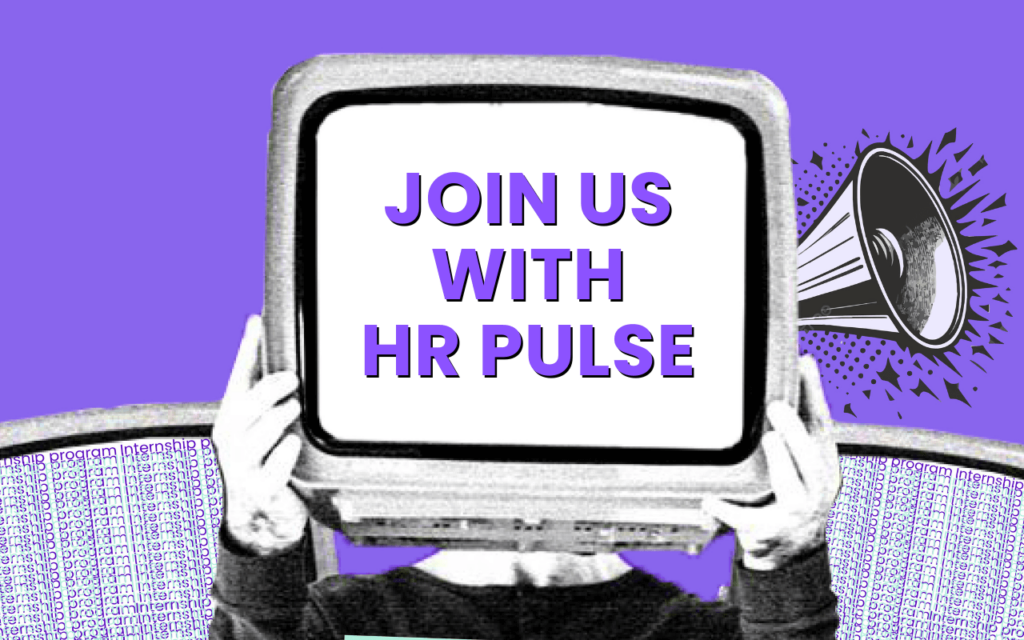A furlough is a temporary, unpaid leave of absence from work that an employer may require during times of financial difficulty, reduced business operations, or external crises (such as government shutdowns or public health emergencies). Unlike a layoff, a furlough is intended to be short-term, and employees are expected to return to their jobs once operations resume or conditions improve.
Furloughs can be applied to all employees or select departments, and they can take the form of reduced work hours, shortened workweeks, or full-time unpaid leave for a defined period.
How Does a Furlough Work?
During a furlough, employees:
- Remain employed by the company, but do not receive pay for furloughed hours or days.
- May retain benefits, such as health insurance, depending on the employer’s policy and plan terms.
- May be eligible for unemployment benefits, depending on state laws and the terms of the furlough.
- Typically, they cannot perform any work during furloughed time, especially if they are exempt (salaried) employees under the Fair Labor Standards Act (FLSA).
Furloughs must be communicated clearly to employees in writing, outlining the duration, expectations, and any impacts on benefits or employment status.
Why Do Employers Use Furloughs?
Furloughs are used as a cost-saving measure that allows companies to:
- Manage payroll costs during periods of reduced revenue or operational slowdowns
- Avoid permanent layoffs, preserving jobs and company structure for future recovery
- Retain skilled workers who can return quickly when business picks up again
- Comply with legal or external mandates, such as government-imposed closures
It’s a strategic alternative that offers flexibility during economic uncertainty while minimizing the long-term impact on both the workforce and the organization.
How Is a Furlough Different from a Layoff?
| Furlough | Layoff |
| Temporary, often with a set return date | Permanent or indefinite separation |
| Employee stays on payroll (unpaid) | Employee is removed from payroll |
| May keep benefits (varies by company) | Benefits typically end upon termination |
| No work allowed during furlough | No expectation of returning to work |
Legal and Compliance Considerations
Employers implementing furloughs must remain compliant with labor laws. This includes:
- Providing timely and written notice, especially in states with mini-WARN laws
- Ensuring that exempt employees do not work at all during furloughed periods, to avoid wage violations
- Continuing or pausing benefits and retirement contributions in accordance with plan rules
- Coordinating with state unemployment offices to help employees access benefits
Employers should consult legal counsel or HR experts before initiating furloughs to ensure compliance with federal and state regulations.
What Should Employees Know?
If you're placed on furlough:
- Stay informed about the duration and terms
- Check whether you’re still covered under your health insurance
- Explore unemployment insurance eligibility
- Avoid doing any work during your furloughed period (even emails or calls)
Furloughs can be difficult, but they are often a sign that the company is working to recover and retain its workforce, rather than eliminate it.







